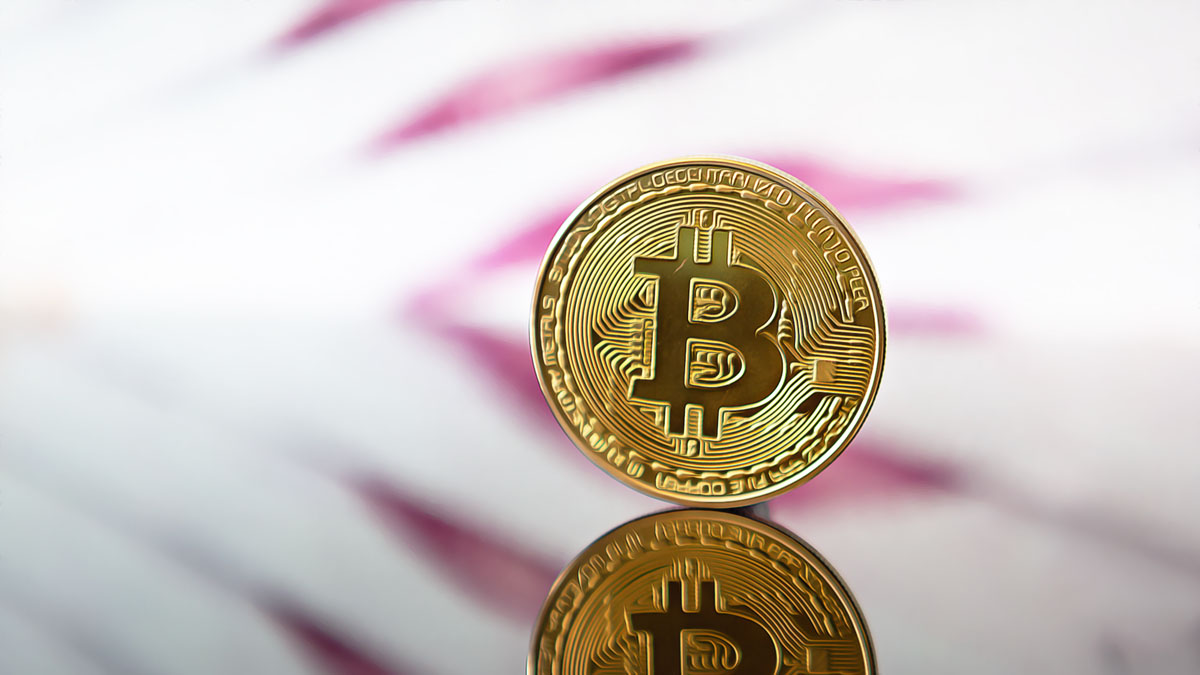The cryptocurrency market witnessed a notable hike as Bitcoin‘s value soared to $51,828, marking a milestone bolstered by the ever-growing interest in Spot Bitcoin Exchange-Traded Funds (ETFs). The market anticipates these investment mechanisms to greatly influence investor sentiment and catalyze a peak by 2024, as the recent spike in Bitcoin’s price evidences their impact.
Leading the Crypto Charge: BlackRock and Fidelity
Currently dominating the crypto reserves landscape is GBTC, but not far behind is BlackRock. The latter, starting from nil, has impressively amassed over 100,000 BTC. BlackRock’s iShares Bitcoin Trust (IBIT) leads with net inflows, attracting capital from GBTC’s outflows and attracting fresh investment into BlackRock and Fidelity’s ETF offerings. Official figures reveal that as of February 13th, IBIT holds an impressive 105,280 BTC, achieving this feat within a mere 22 trading days since trading commenced on January 11th.
Meanwhile, Fidelity’s Wise Origin Bitcoin Fund (FBTC) ETF is in close pursuit with a substantial holding of 83,925 BTC. Despite Fidelity’s third-place standing in the Bitcoin ETF arena and its long-standing involvement in the cryptocurrency space, BlackRock’s swift ascent has taken the spotlight.
Spot ETF Performance Drives Bitcoin Growth
The performance of Spot Bitcoin ETFs has been nothing short of remarkable, with a significant push on the spot price of Bitcoin. The iShares Bitcoin ETF, in particular, has set a new precedent with daily net inflows reaching record highs. It has been reported that while the combined daily net inflows for all ETFs stood at $631 million, the iShares ETF alone accounted for $493 million of it. These developments have sparked a flurry of discussions among professionals on social media platforms.
In contrast, Grayscale’s GBTC, which initially held 619,220 BTC, has seen a downturn, reducing its assets by 25% to 463,475 BTC. The change can be attributed to investors capitalizing on the elimination of the negative premium linked to the trust and moving their investments to other ETFs or liquidating to fiat to sidestep the annual 1.5% fee.











